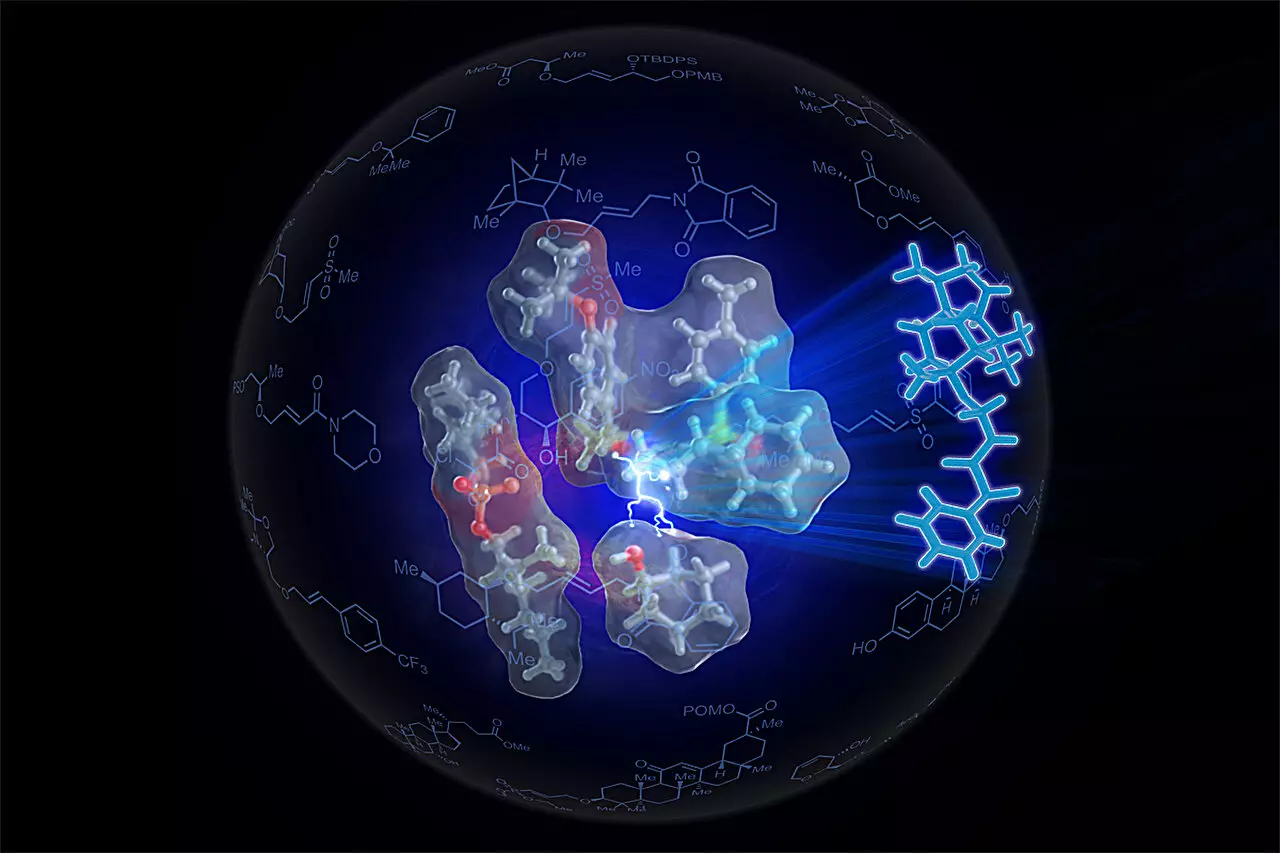Ethers play a crucial role in various industries, ranging from pharmaceuticals to personal care products. Present in many essential compounds, these molecules are fundamental building blocks in the synthesis of active ingredients in medicines, fragrances, and other consumer goods. As the need for more efficient synthesis methods grows, scientists are increasingly looking toward nature for inspiration. The recent advancements made by a team of chemists at the University of Illinois Urbana-Champaign exemplify how this approach can lead to significant breakthroughs in synthetic chemistry.
Conventional methods for synthesizing ethers involve intricate steps that often yield a mishmash of by-products. Typically, the production of ethers requires combining an alcohol with an alkene while activating the alcohol – a process that can often lead to inefficiencies and wastage of valuable materials. In such methods, large quantities of reagents are necessary to achieve any reasonably useful yield, making the process impractical for more complex or sensitive compounds. This inefficiency presents a significant obstacle for chemists seeking to produce ethers that are not only functional but also intricate.
Led by Professor M. Christina White, the research team opted for a novel approach inspired by the efficiency of enzymes in nature. Enzymes are biological catalysts known for their ability to facilitate complex reactions with remarkable precision. They do this by arranging their substrates in optimal proximity and orientation, a strategy that the researchers sought to replicate using synthetic catalysts. By developing a new catalyst system, the team aimed to streamline the synthesis of ethers while reducing the need for excess reagents and minimizing by-product formation.
The chemists engineered a self-assembling catalyst known as SOX, which employs the metal palladium to cleave the bond between carbon and hydrogen in alkenes. This technique enables a direct reaction between alcohols and alkenes without the activation commonly required in traditional methods. Building on this foundation, the team refined the catalyst, leading to the creation of Sven-SOX. This advanced version featured specific electronic and geometric properties designed to maximize the alignment and interaction of the alcohol and alkene. It is akin to arranging two dancers who not only need to be close but also must be facing each other to perform their routine perfectly.
The introduction of the Sven-SOX catalyst represented a major milestone, allowing researchers to synthesize over 130 different ethers effectively. Among these were bulky and complex ethers that had previously posed significant challenges for synthetic chemists. The advantages of this new method are remarkable; it enables the production of ethers in milder conditions, making it possible to work with sensitive functional groups that might otherwise degrade under standard reaction conditions.
This versatility not only opens the door to new ether structures but also clearly demonstrates the principle of efficiency—less material is used, fewer steps are required, and the potential for unwanted side reactions is reduced drastically. Furthermore, the simplicity of this process has been emphasized, with researchers noting that the procedures could be implemented by individuals at various educational levels.
Looking ahead, the research team plans to explore the implications of their work further, aiming to develop additional small-molecule catalysts that can mimic enzyme characteristics for the synthesis of other chemical classes. The goal is not merely limited to ethers; the implications of this research could resonate across multiple branches of organic chemistry, encouraging the design of efficient catalysts that could reshape how various chemicals are synthesized.
The innovative work carried out by the team at the University of Illinois Urbana-Champaign highlights a critical shift in synthetic strategy—one that embraces the genius of natural processes. This research not only reflects the importance of foundational science but also underscores an inspiring pathway toward more sustainable and efficient chemical synthesis methodologies. By harnessing the catalytic powers of nature, chemists are forging new frontiers in the realm of organic synthesis, potentially transforming industries reliant on these vital compounds.

